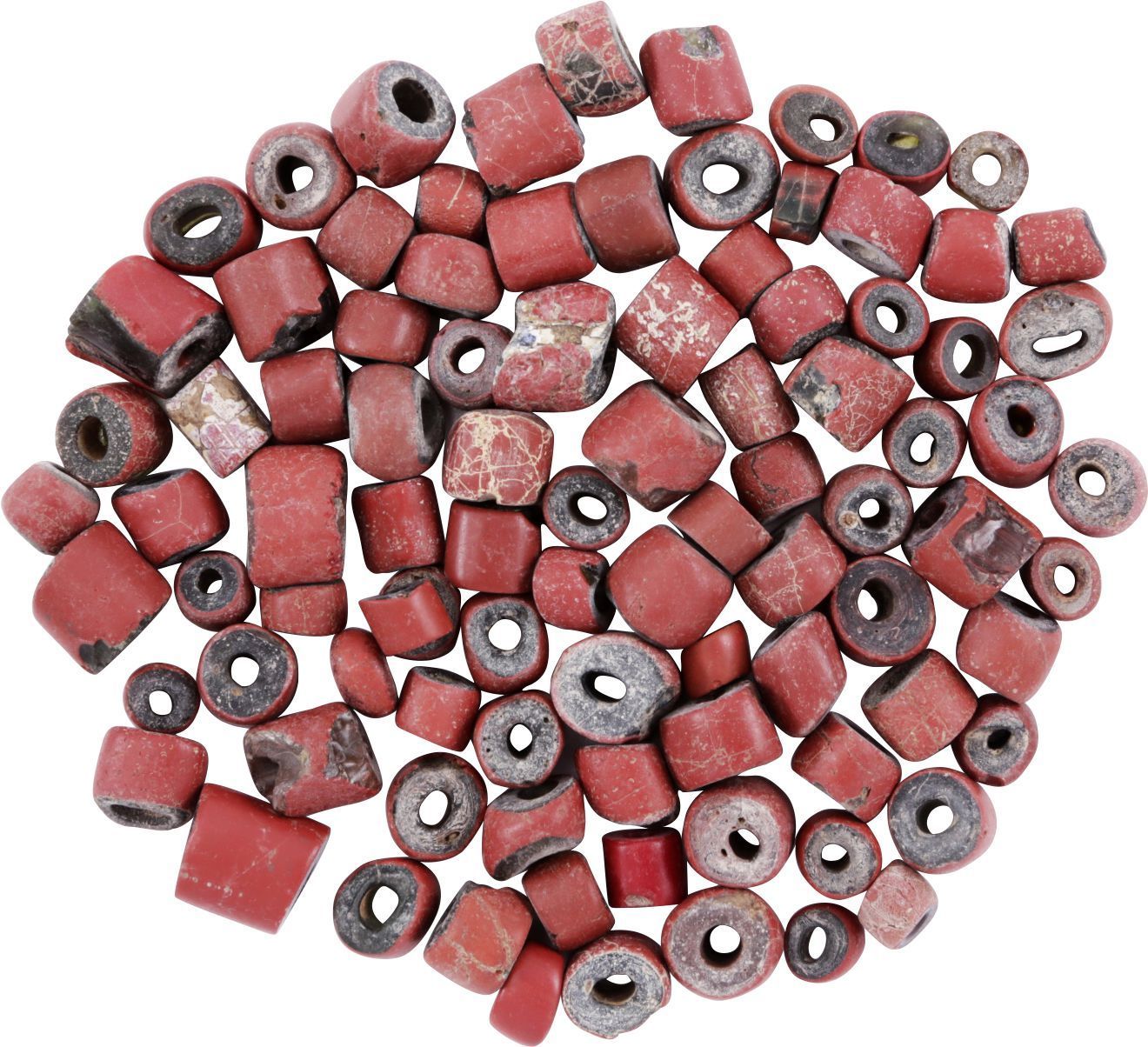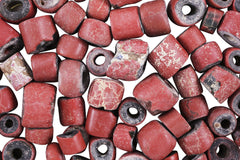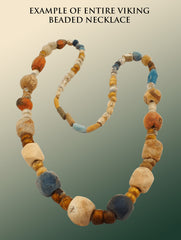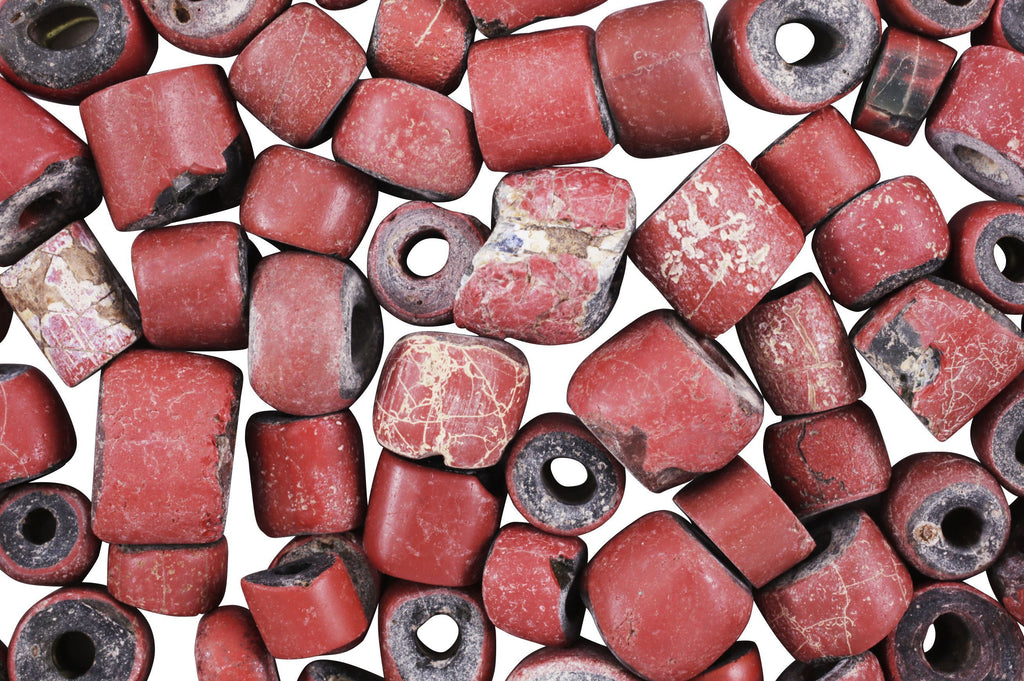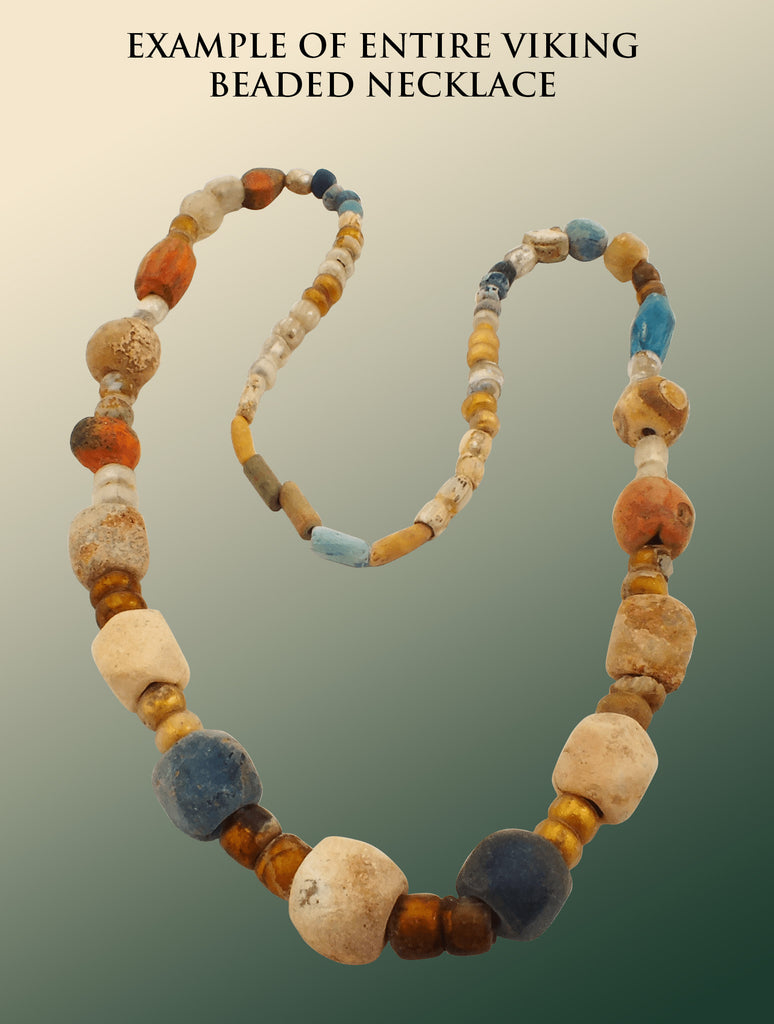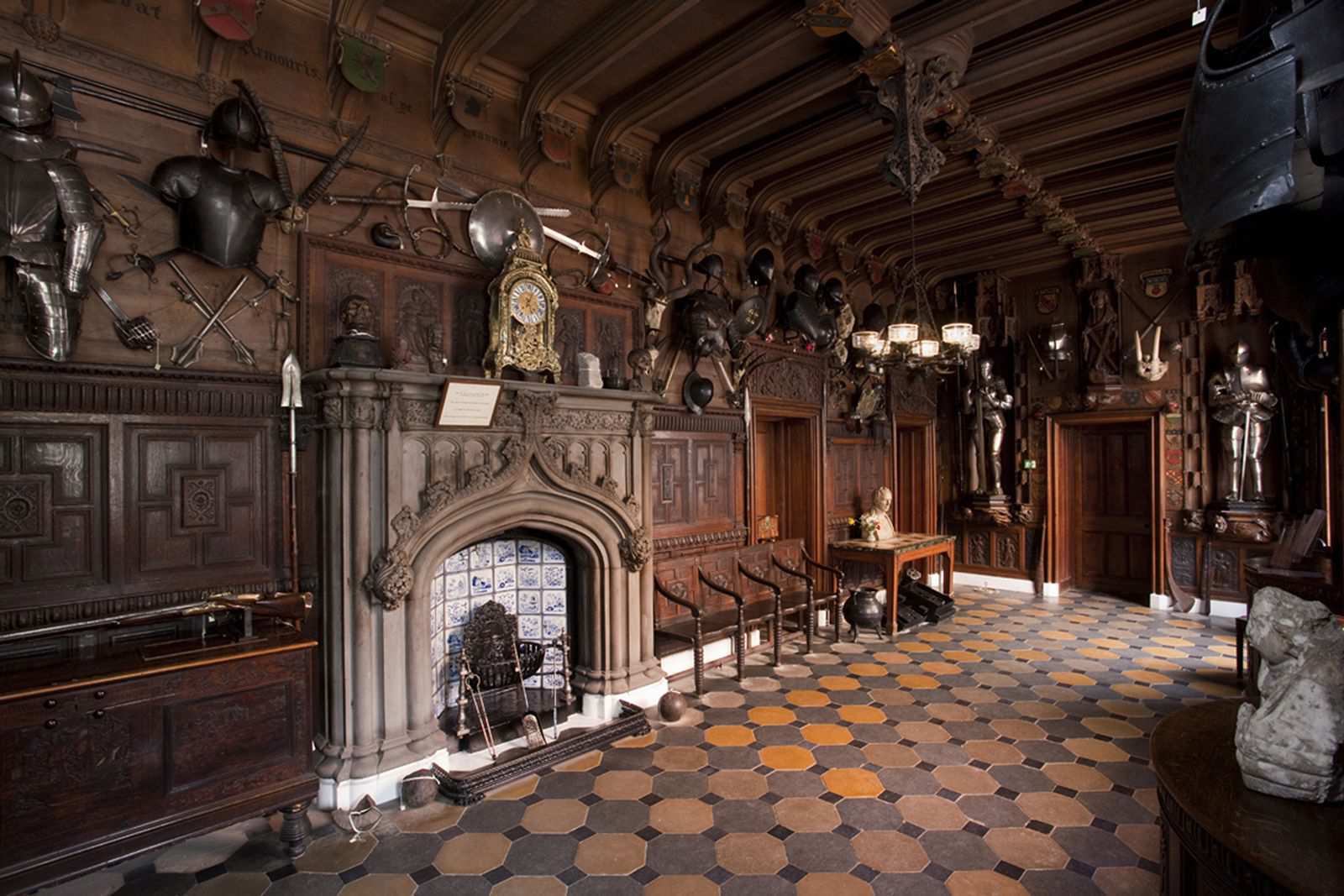
Certificate of Authenticity
All items purchased from Faganarms are accompanied by a signed and dated Certificate of Authenticity with the name of the item and its unique item number for future reference.
Certificates are suitable for display with your item, and can easily be mounted in a 8½" x 5½" frame. Our certificates are printed on an acid free 65lb cardstock. This means your certification will not turn yellow or deteriorate over time.
CHESAPEAKE BAY TRADE BEADS EARLY 17th CENTURY
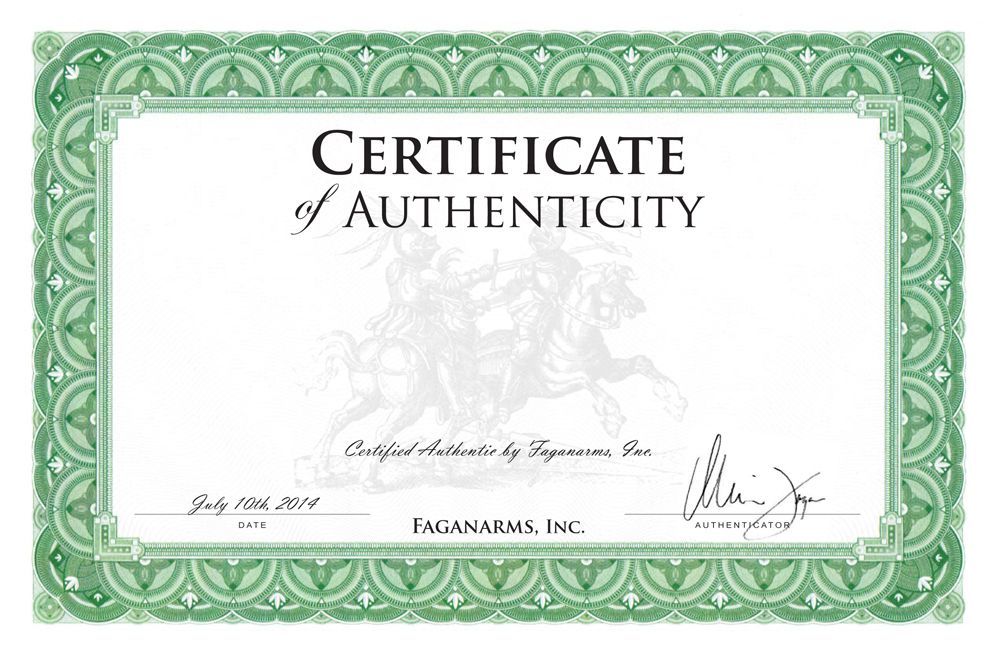

You have questions? We have answers.
We want you to be completely satisfied with your purchase, and we will do anything we can to make sure of it.
If you have any questions, please let us know, and we'll be happy to assist you.
